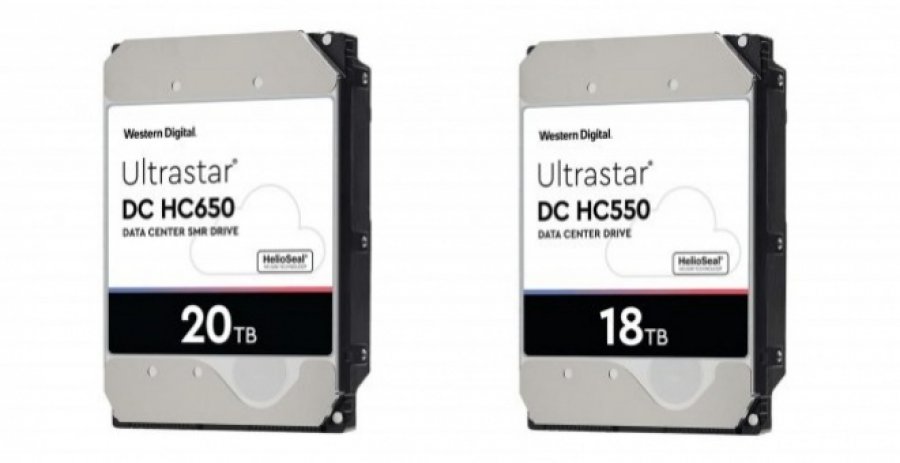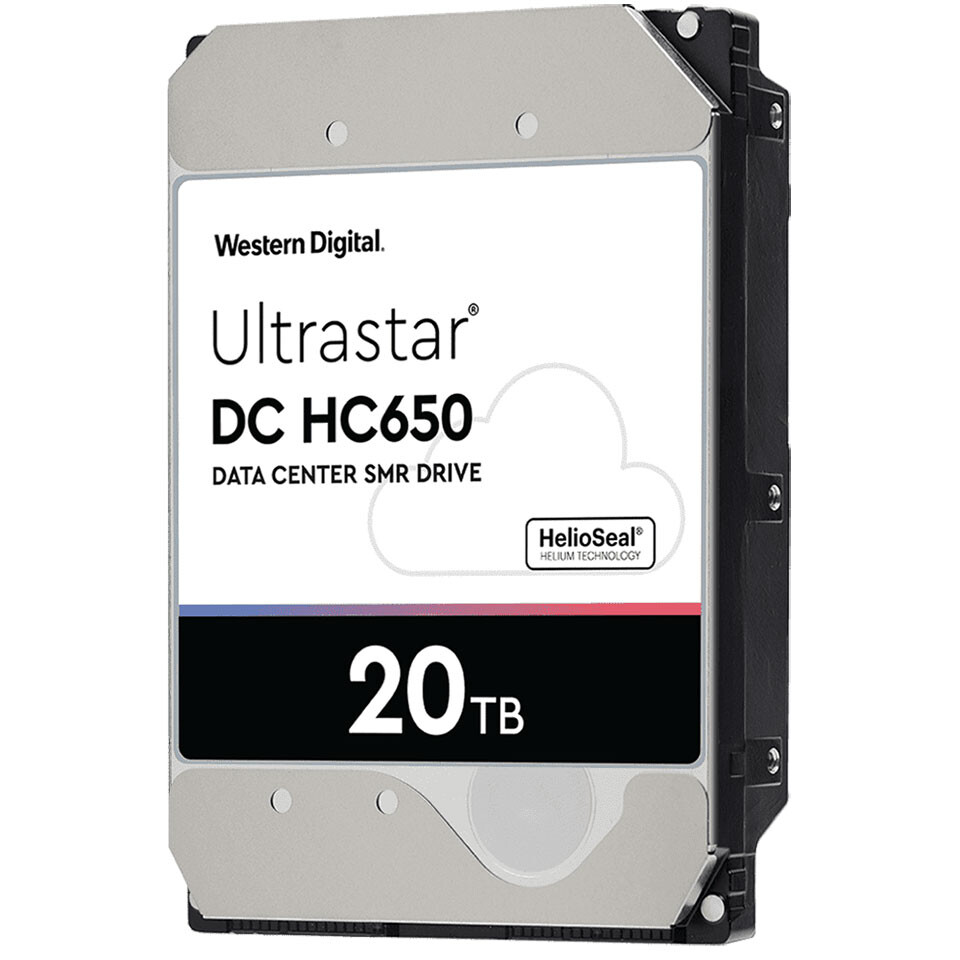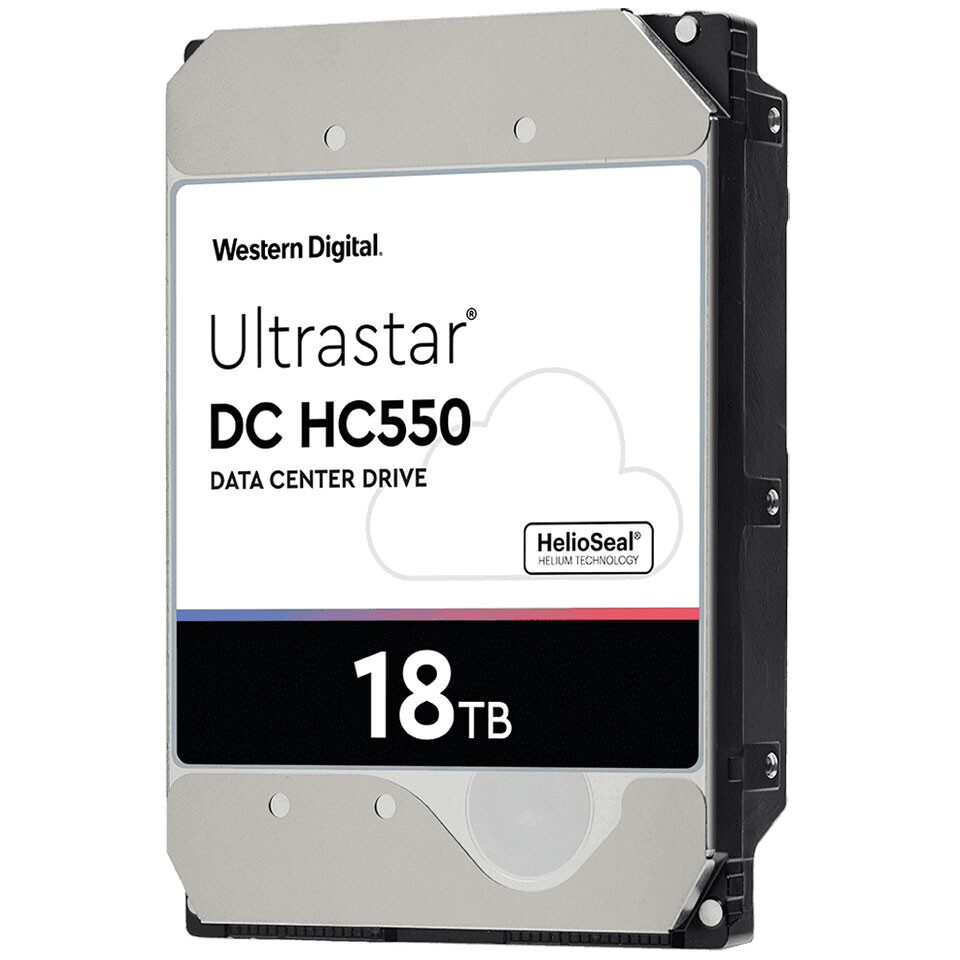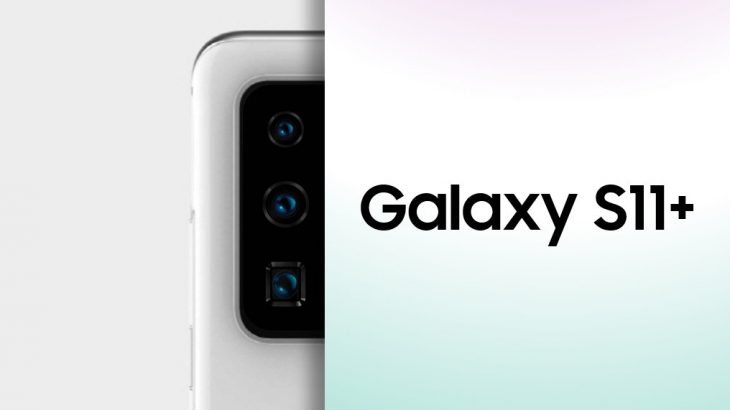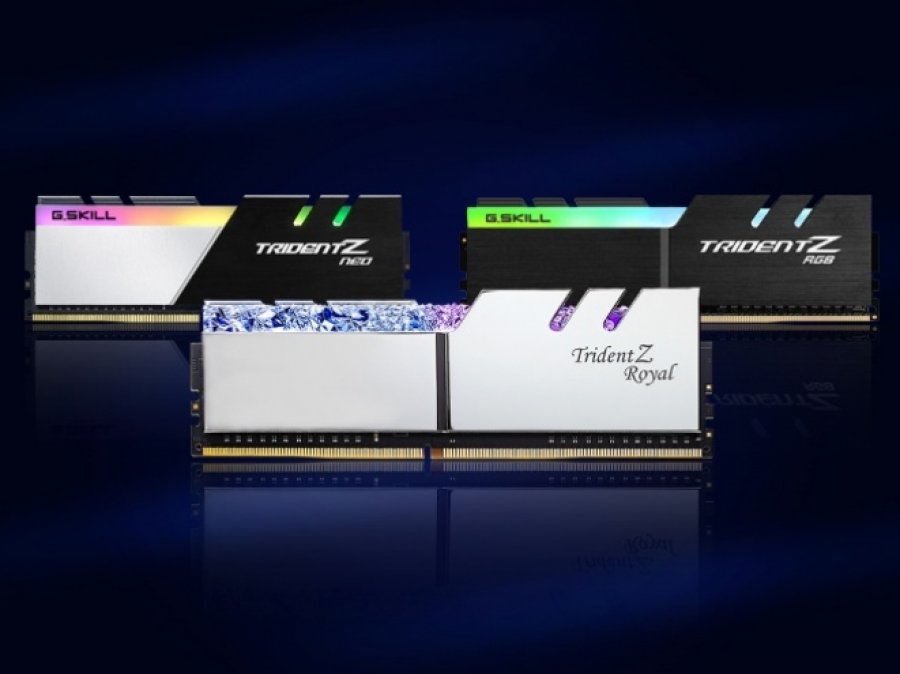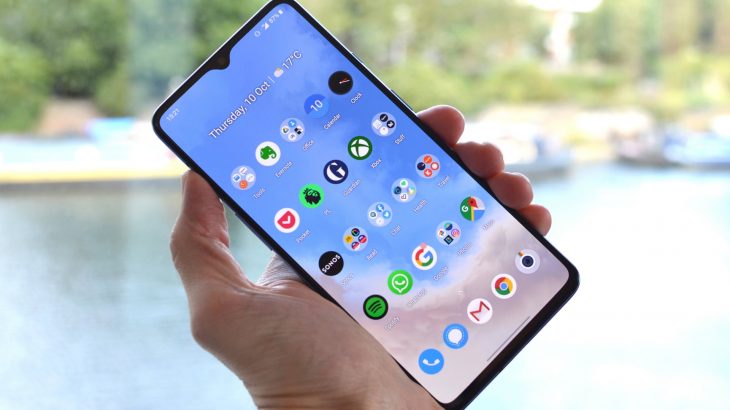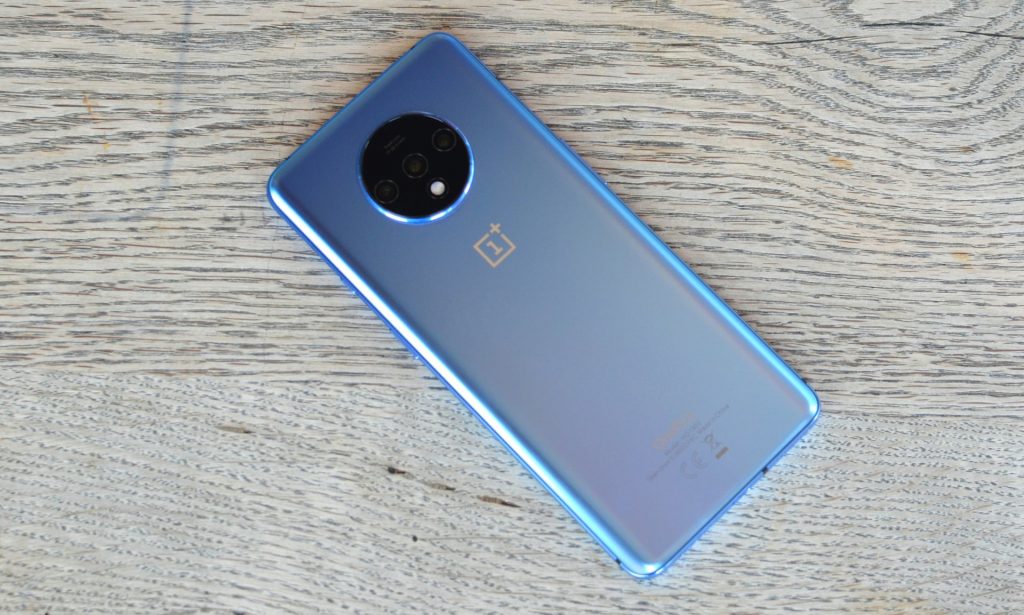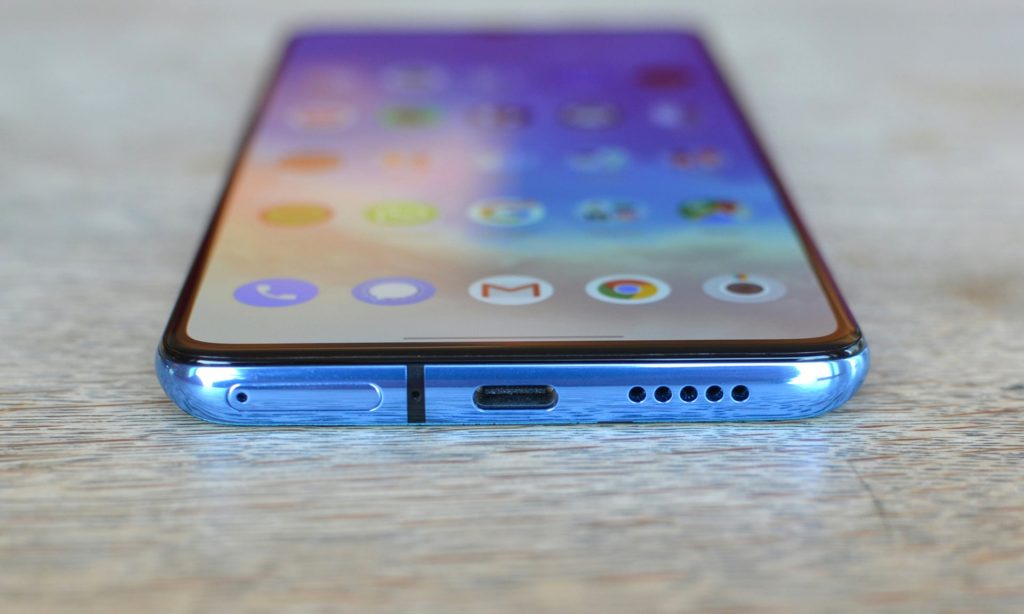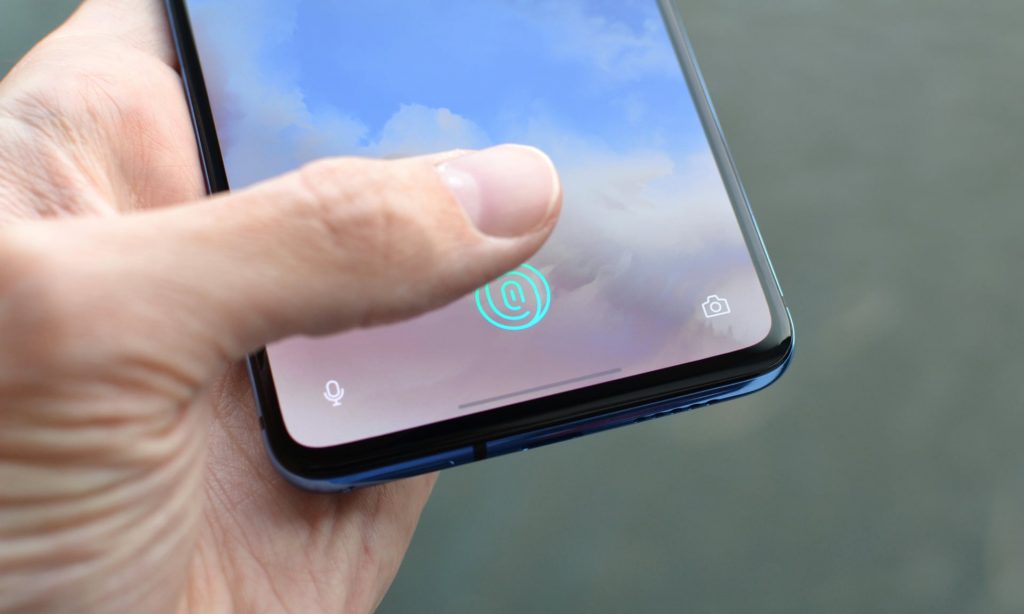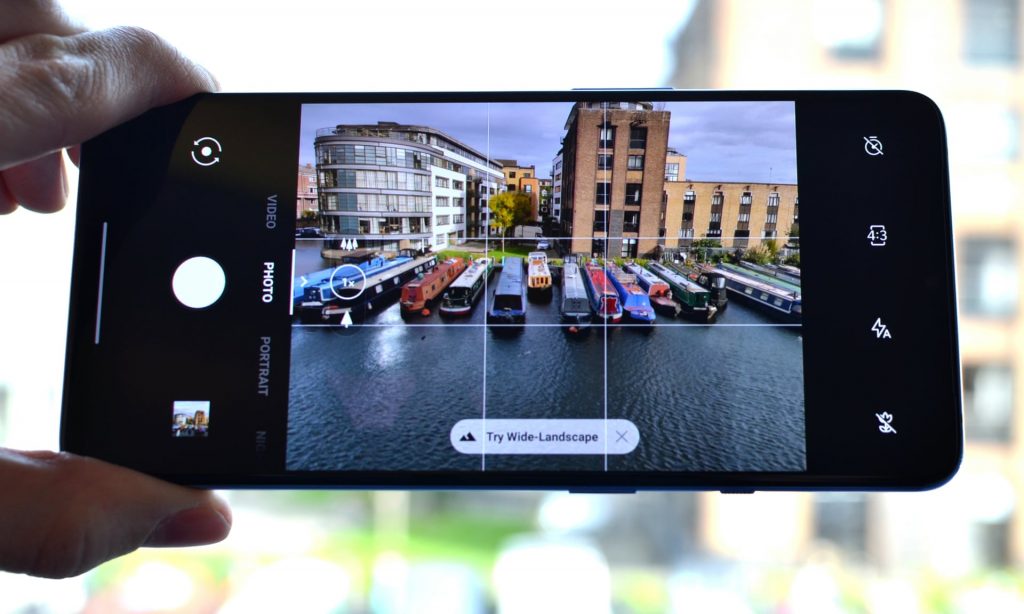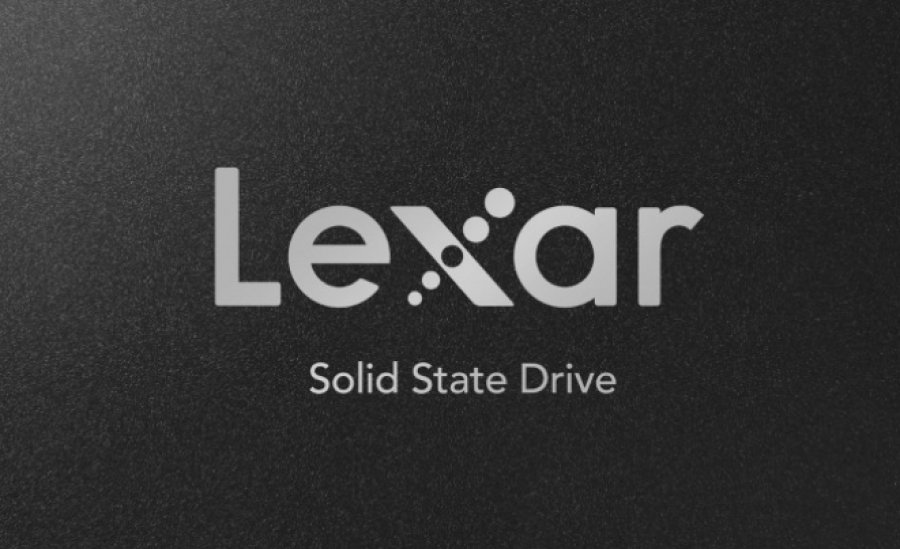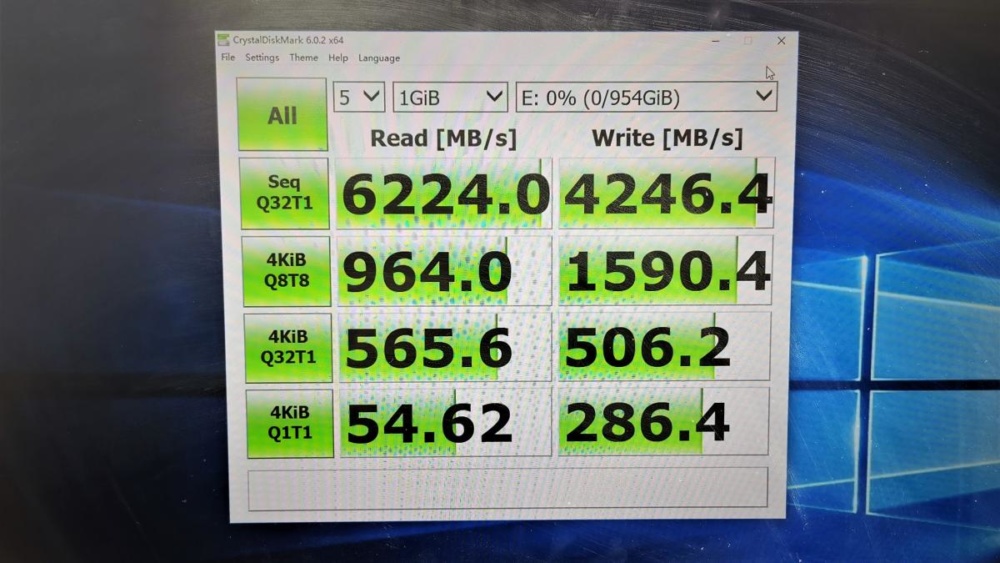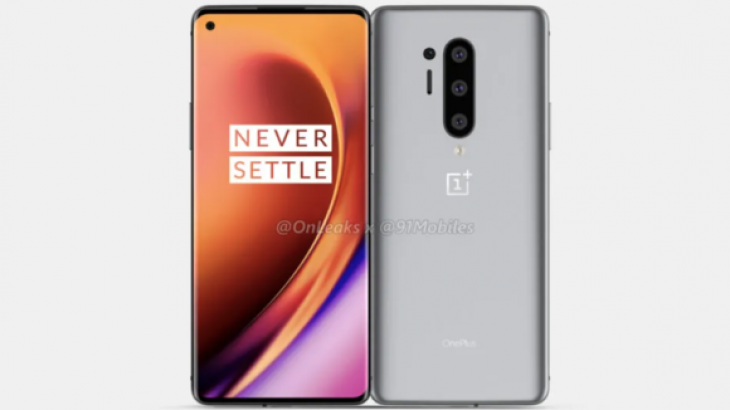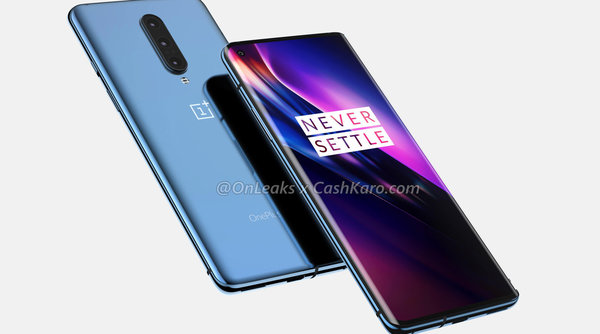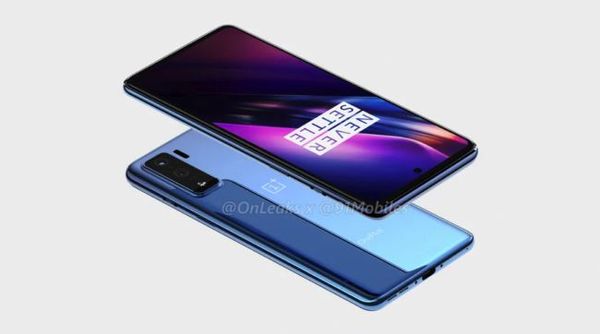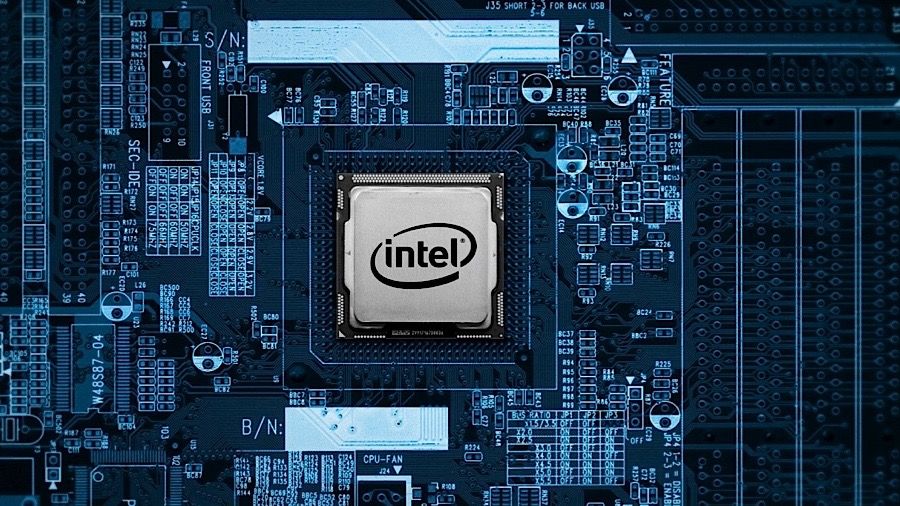The design concepts we had seen so far for the Galaxy S11 were, unfortunately, something we had already seen in other smartphones.
Now, the design remains the same, but these new concepts make the camera look more appealing. The upcoming Samsung Galaxy S11 is starting to look great.
Recent introductions from @OnLeaks and CashKaro look amazing.
Also, a report was published by the Israeli website Girafa that says the S11 series will launch on February 11 in San Francisco, California.
We can also see the launch of the Samsung Galaxy Fold 2 during this event, and now we only have to wait and see if we are getting the Galaxy S11 or a new Samsung Galaxy S20.
> Read Next: Western Digital reveals the world’s first 20TB SMR HDD
So what do you think about this? Let us know your thoughts in the comments section below, follow us on twitter and facebook for more news and updates.

